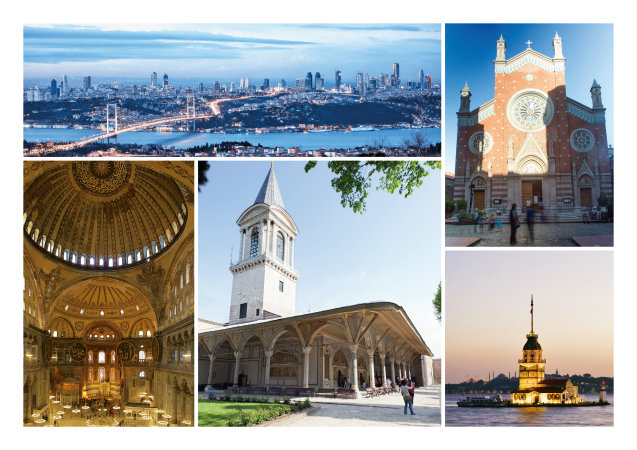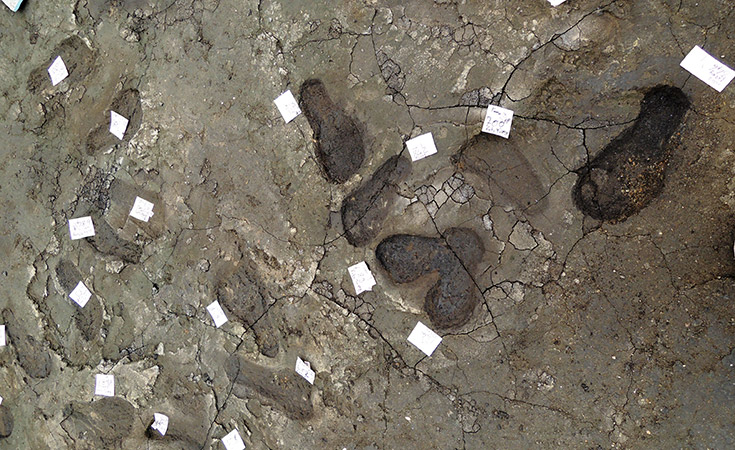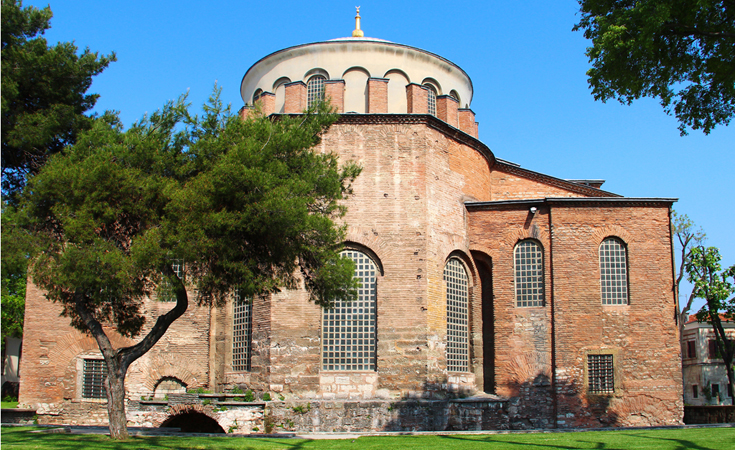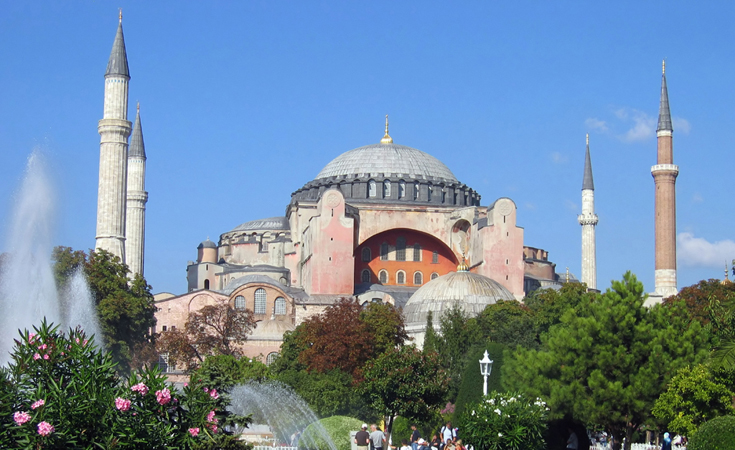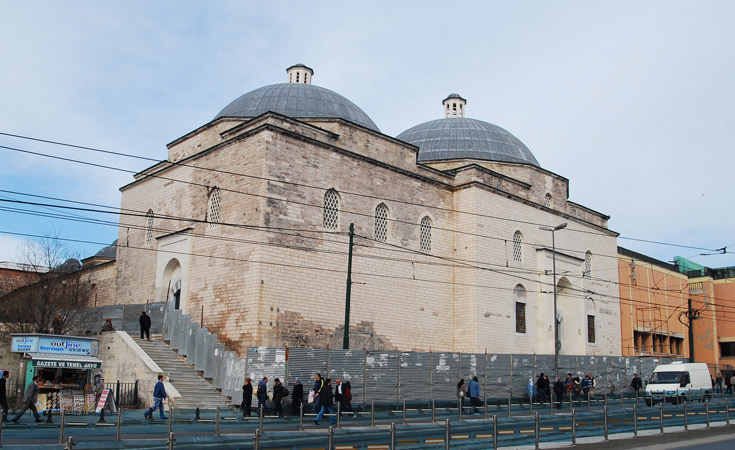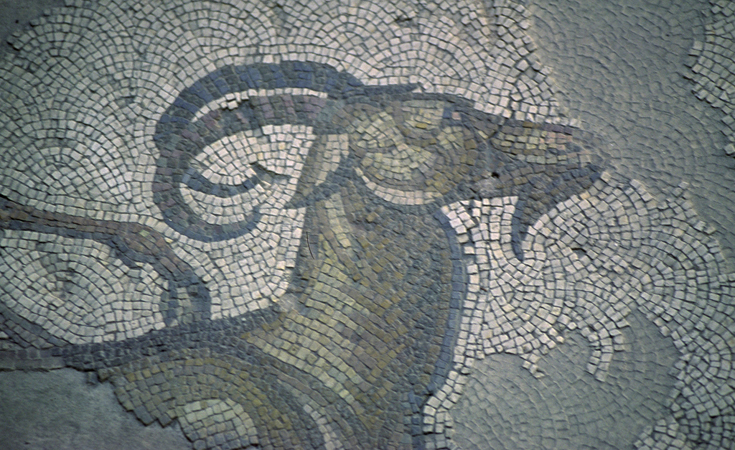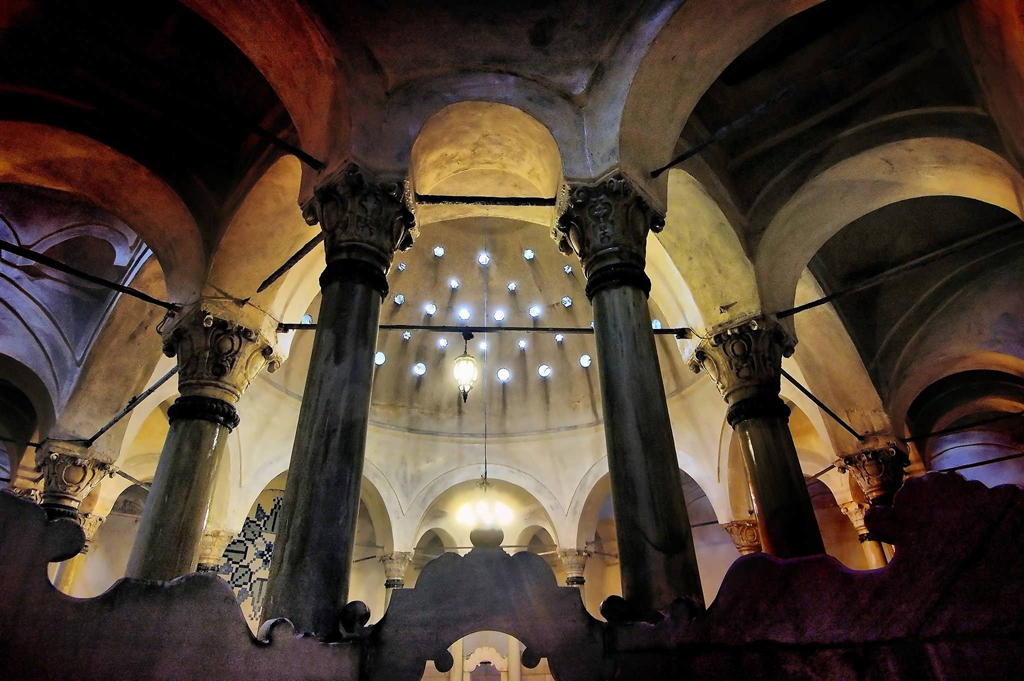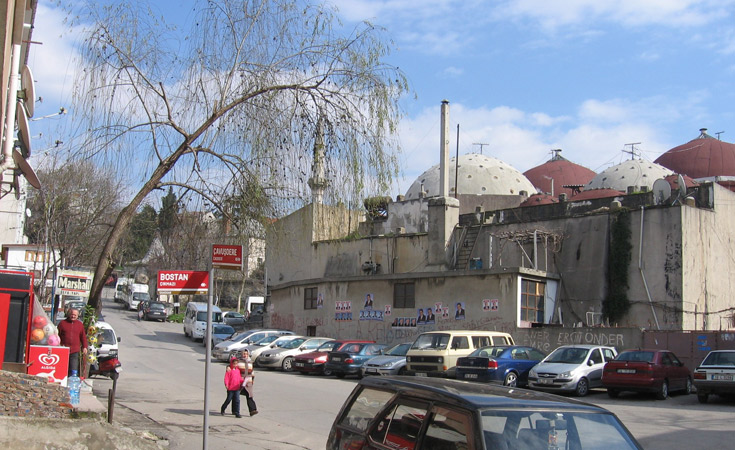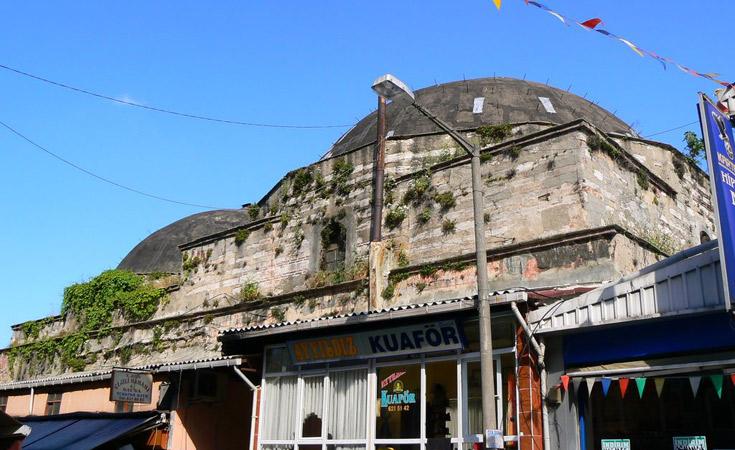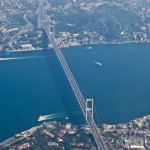ISTANBUL: A GLORIOUS PAST (AND PRESENT)
Istanbul, Turkey’s most populated and most significant city in cultural and economic terms, is one of the oldest cities in the world. Archaeological findings that have surfaced recently indicate that the first settlement in the city dates back to at least 8500 years. Historical artefacts that were discovered during the construction of the Marmaray tunnel and Yenikapı underground station turned the building works into the most extensive archaeological excavation project in the history of Istanbul. The findings were of the Harbour of Theodosius, the largest harbour of the early Byzantine period. Graves and remains of buildings dating back to the Neolithic period were also found under the harbour at 6.3 metres below sea level.
The history of the city, a settlement since the Stone Age, began to take shape at the time that Greek colonies named the city Byzantium. Between 67 and 79BC Emperor Vespasianus captured Byzantium and made the city a part of the Roman Empire. It became the capital of the Eastern Roman Empire after a proclamation by Constantine the Great in 330BC, from when it came to be known as Constantinople or ‘New Rome’ and went onto become an extremely powerful city. During the reign of Theodosius II, from 408 to 450BC new city walls, a great part of which still stand, were erected around the city. During Emperor Justinian’s reign that lasted from 575 to 565AD the iconic church, Hagia Sophia, was built in Constantinople.
The city, reputed as being ‘difficult to conquer’ due to the city walls extending 20km, was conquered by Sultan Mehmet II – renamed Mehmet the Conqueror following his success. Constantinople began to be referred to as Istanbul alongside its one hundred other names. The city, which served as the Ottoman Empire’s capital for 450 years, was introduced to Islam and gained a new silhouette with the new buildings and monuments that were erected.
As host to many different cultures and civilisations as well as to people of various races, religions, cultures and languages throughout the ages, Istanbul has always preserved its cosmopolitan feel. Istanbul is as much a world capital now as it was in the past.
Timeline
|
14000 BC |
Settlement commences in the Yarımburgaz cave 22km from Istanbul |
|
6000 BC |
Skeletons dating back to this period were exhumed during the Yenikapı excavations. |
|
4000 BC |
Settlement commences in Fikirtepe on the Asian side of the city. |
|
1300 BC |
Jason and the Argonauts visit the city in pursuit of the Golden Fleece. |
|
700 BC |
The Megarians, a Greek colony, settle in the environs of today’s Topkapı Palace. |
|
73 AD |
Byzantium joins the Roman Empire and becomes its capital. |
|
Circa 200 AD |
Hippodrome of Constantinople, a copy of the Circus Maximus in Rome, is built. |
|
324 AD |
Hagia Sophia is built upon the orders of Emperor Justinian. |
|
860 AD |
First attack by the Vikings takes place. |
|
1204 – 1261 |
City is besieged and conquered by the Fourth Crusades. |
|
1453 |
Sultan Mehmet II conquers the city and Istanbul becomes the capital of the Ottoman Empire until 1923. |
|
2013 |
Istanbul is Turkey’s largest city with its growing economy and population of nearly 15 million. |













